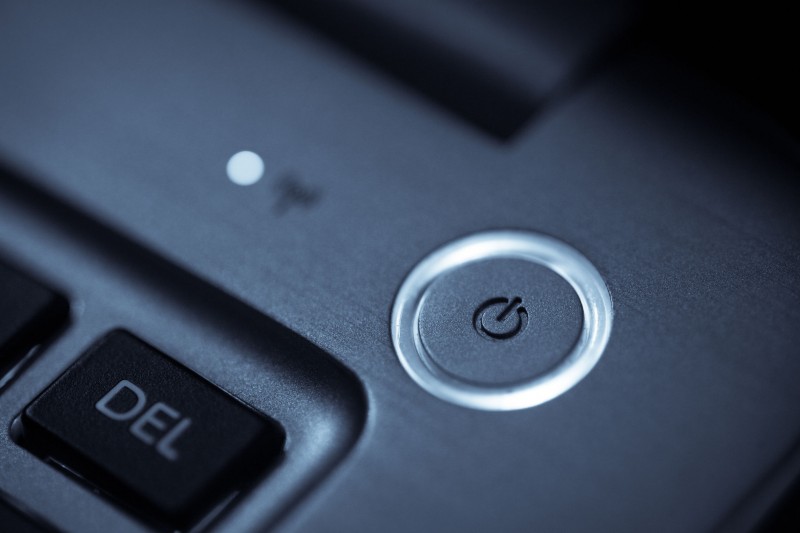There are some icons that we use every day, but probably only a few of us ever stopped to think about their origin. Simple symbols sometimes hide interesting stories. So if you would like to know how was the dollar sign, the power button, and some other icons invented, read below.
1. Heart ♥
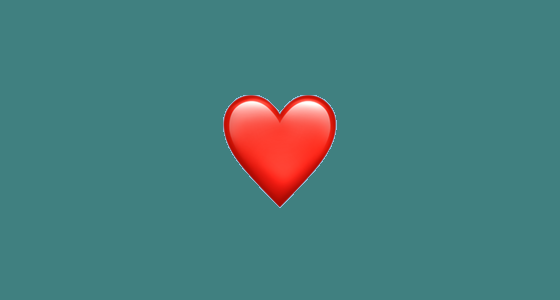
We will start with the symbol of love – the heart. We say that this ☝ represents a heart, but in reality, it does not actually resemble the human heart, nor any other creature’s heart that we know of 🤔. We still use it, however.
Ok, so the origin of this symbol is not as clear as we would want it to be, but there are a few interesting theories. Some say that the symbol of love was inspired by two swans holding their heads close in affection (oww, how romantic) or by the shape of ivy leaves – which were associated with fidelity. In the 6th-5th century BC, the specific form was used to represent the heart-shaped fruit of the plant Silphium that was used in the past as a seasoning, perfume, as an aphrodisiac, medicine or even as a contraceptive by ancient Greeks and Romans.
2. Dollar $
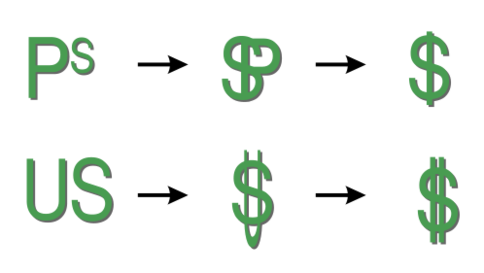
Everybody knows that the second most important thing after love is money, right? There are several hypotheses about the origin of the dollar sign. The symbol was used heavily in the late 18th century, mainly in the Spanish colonies in the Americas. It was first known as “Spanish dollar” or “piece of eight” in North America and it later became the model for the currency that the United States adopted in 1792 and the larger coins of the new Spanish American republics such as the Mexican peso, Peruvian eight-real, and Bolivian eight-sol coins.
It is believed that the sign evolved out of the written abbreviation “pˢ” for pesos. Studies show that the “s” gradually came to be written over the “p”, which later became “$”. The American version was allegedly developed in a similar manner, with the “U” being written over the S (as in US).
A totally different theory suggests that the dollar symbol is actually a combination of the Greek character “psi” (ψ) and “S”. Another hypothesis holds that the sign derives from the symbolic representation of the Pillars of Hercules. This representation can have either a banner separately around each pillar or, as in the Spanish coat of arms, a banner curling between them.
3. Peace ☮
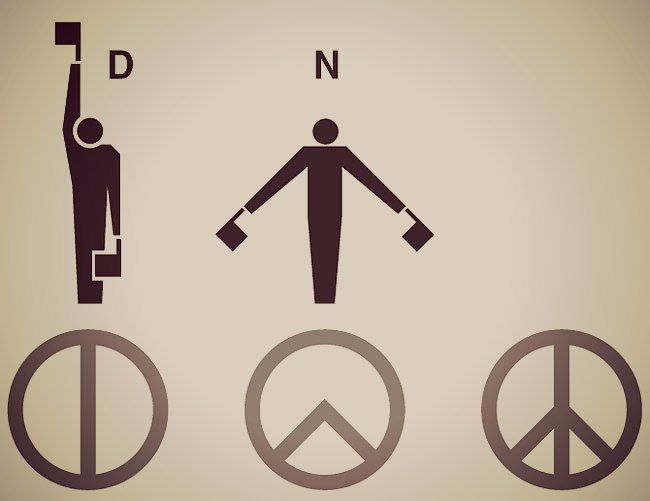
When you have love and money you just want some peace. The sign is now known as the “peace sign” originates from the Campaign for Nuclear Disarmament and it was first used in the British anti-nuclear activism from 1958. The symbol originates from a combination of the semaphore signals for the letters “N” and “D”, taken to stand for “nuclear disarmament”.
It was designed by Gerald Holtom and was accepted as a symbol for a march from Trafalgar Square, London, to the Atomic Weapons Research Establishment at Aldermaston in Berkshire on 4 April 1958.
Not copyrighted, trademarked or restricted, the symbol spread beyond Britain and was adopted by the wider disarmament and anti-war movements. It appeared in the American public in 1958 when Albert Bigelow, a pacifist protester, sailed a small boat fitted with the CND banner into the vicinity of a nuclear test. Buttons with the symbol were later imported in the country and were adopted by the Student Peace Union (SPU). By 1968, the symbol had been adopted as a generic peace sign, associated especially with the hippie movement and opposition to the Vietnam War.
4. Smiley 🙂

Archaeologists probably found the oldest smiley face in Turkey, which was painted on a 4,000-year-old pot from the Hittite-era. It is believed that the pot was used for drinking sherbet – a sweet drink that is still made especially in Arab countries. However, the exact reason why was it painted on this pot, remains unknown.
It is widely accepted that the smiley face that we know today was created by Harvey Ross Ball, an American graphic artist in 1963. He was hired by the State Mutual Life Assurance Company of Worcester, Massachusetts (now known as Hanover Insurance) to design a happy face to raise the morale of the employees. It is said that he created it in around then minutes and was paid $45.

In 1972, Frenchman Franklin Loufrani became the first person to legally trademark the use of a smiley face. He used it to highlight positive stories and articles published in the newspaper France Soir. He called the design “Smiley” and launched The Smiley Company which holds the rights to the trademark in one hundred countries.
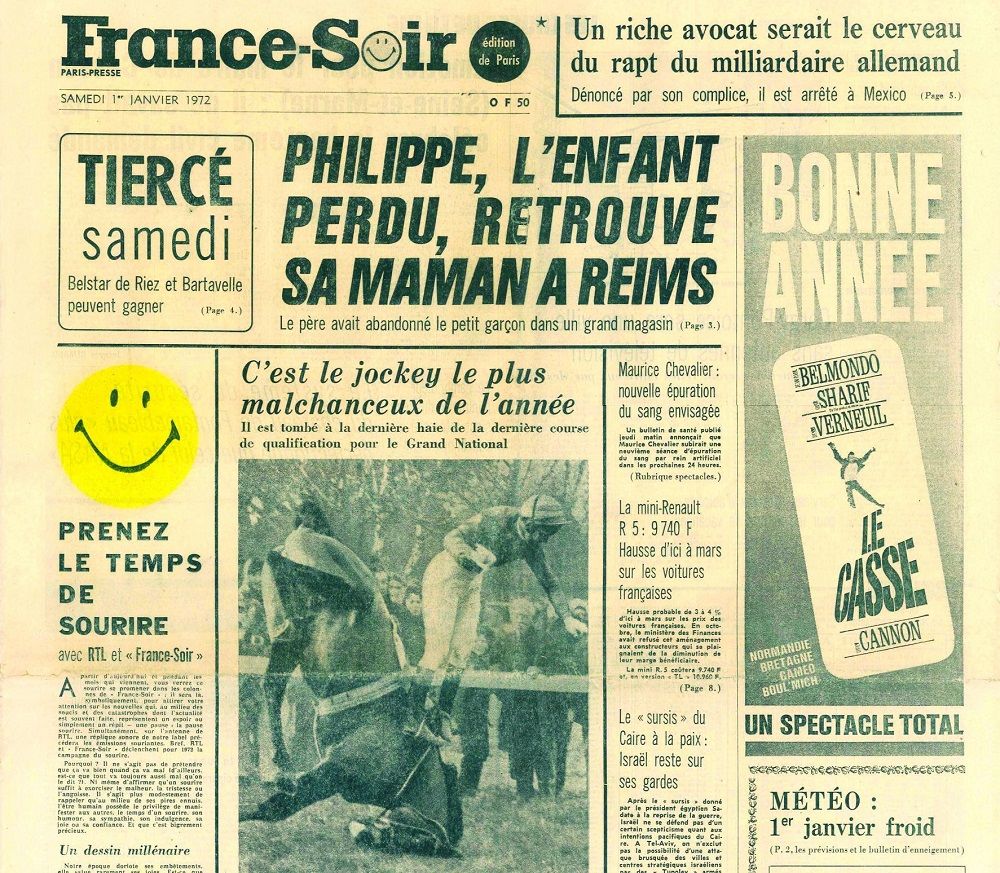
5. At @
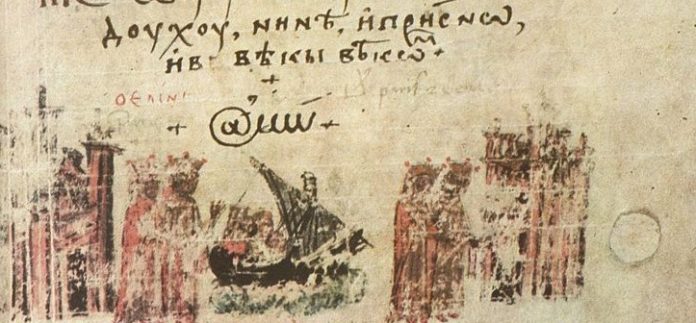
The sign @ which is usually pronounced as “at” is familiar to us because we use it in our email addresses. The modern usage was introduced by computer scientist Ray Tomlinson in 1971. The symbol was used to indicate “located at”, as in the form “user@host” – something that is still used in some command-line tools and protocols.
The earliest @ sign can be seen in a Slavic translation of a chronicle written by Constantinos Manasses in 1345. The text which can be found in the Vatican Apostolic Library features the @ symbol in place of the capital letter “Α” in the word Amen. Why it was used in this context is still a mystery.
Today, it is also used in accounting and commerce with the meaning “at a rate of”, but it has long been used in Spanish and Portuguese as an abbreviation of arroba, a unit of weight equivalent to 25 pounds, and derived from the Arabic expression of “the quarter”.
In terms of the commercial character of the “at” sign, there are several theories about its origin. According to one, medieval monks abbreviated the Latin word ad (at, toward, by, about) next to a numeral. The thinking behind this was to save space and ink, as they were copying thousands of pages of biblical and other manuscripts. Some believe that it was originally an abbreviation of the Greek preposition ανά (ana), meaning “at the rate of” or “per”.
6. Hashtag #

It is believed that the symbol traces its origins to the symbol “℔”, an abbreviation of the Roman term “libra pondo”, which translates as “pound weight”. After some time, the symbol was reduced for clarity. Examples of it being used to indicate pounds exist at least as far back as 1850. A 1917 manual distinguishes between two uses of the sign: “number (written before a figure)”; and “pounds (written after a figure)”. The symbol was primarily used in handwritten material, while in the printing business, the numero symbol (№) and barred-lb (℔) are used for “number” and “pounds” respectively.
The # sign was introduced on the bottom right button of touch-tone keypads in 1968, but it was not extensively used until the arrival of the voicemail in the early 1980s.
The symbol that is now known as the hashtag is often used in information technology to highlight a special meaning. It was adopted for use within internet relay chat (IRC) networks in the late 1980s to label groups and topics. This usage inspired a guy named Chris Messina to suggest a similar system for Twitter to tag topics of interest on the social network. The first published use of the term “hash tag” was probably in a blog post by Stowe Boyd, “Hash Tags = Twitter Groupings,” on August 26, 2007. Although the hashtag started out most popularly on Twitter, the use has extended to other social media sites.
7. Ampersand &

The ampersand can be traced back to the 1st century A.D. and the Old Roman cursive, in which the letters E and T occasionally were written together to form a ligature. The et-ligature was continuously used through the ages and gradually became more stylized and less revealing of its origin.
The ampersand often appeared as a character at the end of the Latin alphabet and similarly, & was regarded as the 27th letter of the English alphabet in the past. Traditionally, when reciting the alphabet in English-speaking schools, any letter that could also be used as a word in itself (“A”, “I”, and, at one point, “O”) was repeated with the Latin expression per se (“by itself”), which was useful in spelling.
The fun is in the name because ampersand is a slurred way of saying “and per se and (&)” – at the end of the alphabet.
The ampersand is still widely used today as an abbreviation for “and” in informal writing regardless of how “and” is used, even though in the past & was most used for expressing some kind of partnership (companies, music collaborations, etc).
8. Power

The power button was logical for the end of this article. Originally, most early power controls consisted of switches that were toggled between two states demarcated by the words On and Off. However, these English words were replaced with the universal symbols line “|” and circle “O” to bypass language barriers. This standard is still used on toggle power switches. It is commonly believed that | and o are actually the number 1 (for turning on) and 0 (for turning off). In reality, they are not numbers but a vertical bar and a circle. The vertical bar represents a closed circuit through which current will pass, and so the device is on. The “O” represents an open circuit, meaning the device is off.

